The Sex of the Angels: A Groundbreaking Journey Through Sexuality, Bisexuality, and Open Relationships in Modern Spanish Cinema
In The Sex of the Angels, director Xavier Villaverde presents a compelling exploration of young love, sexual discovery, and the shifting dynamics of relationships in today’s world. From its opening scenes, the film establishes a narrative that challenges traditional views on love and attraction. With a powerful combination of stunning cinematography, authentic characters, and a storyline filled with emotional twists, The Sex of the Angels offers an engaging journey into the heart of modern romance and fluid sexuality.
At the heart of The Sex of the Angels is its exploration of sexual fluidity and bisexuality within a non-traditional love triangle. Bruno’s love for Carla is genuine and deep, but his intense attraction to Rai pushes him to confront desires and parts of himself he never previously considered. Carla, in turn, is forced to reconcile with her boyfriend’s bisexuality and ultimately decides to try a polyamorous arrangement, showing both the strength of her love and her own vulnerability. The title’s reference to “angels” hints at a theme of fluidity—like angels without gender or societal restrictions, the characters break free from traditional norms to pursue love and connection authentically.
Each character in the film brings a unique perspective to the themes of love and fluidity:
- Bruno: Portrayed by Llorenç González, Bruno is a character torn between love and desire. His journey is one of self-discovery as he attempts to reconcile his genuine love for Carla with his newfound feelings for Rai. Bruno’s vulnerability and inner conflict make him a relatable and sympathetic character, embodying the complexities of bisexuality and emotional openness.
- Carla: Played by Astrid Bergès-Frisbey, Carla represents strength, compassion, and resilience. Initially devastated by Bruno’s attraction to Rai, she ultimately finds a way to negotiate her own needs within this unconventional arrangement. Her emotional journey adds depth to the film, highlighting the strength required to maintain a relationship amid shifting boundaries.
- Rai: Álvaro Cervantes brings an undeniable charisma to Rai, the free-spirited dancer who lives unrestrained by societal norms. His relationship with Bruno is both magnetic and thought-provoking, challenging Bruno to question his own views on love, attraction, and self-identity.
The Sex of the Angels is set in Spain, a country that has seen significant shifts in attitudes toward LGBTQ+ relationships in recent years. The film reflects this cultural shift, exploring themes of bisexuality and open relationships in a way that resonates with younger generations. Villaverde’s direction blends moments of drama and humor to create an emotionally complex portrayal of love, reflecting a society that is increasingly open to alternative forms of connection. By presenting a story that defies traditional boundaries, The Sex of the Angels captures the spirit of a generation more accepting of fluid identities and unconventional relationships.
 The film’s cinematography is one of its standout features. Set against the dynamic cityscape of Barcelona, the visuals mirror the emotional intensity of the characters’ relationships. The cinematography captures everything from the beauty of the city’s architecture to the intimacy of private moments between characters, enhancing the story’s emotional impact. The soundtrack also plays a key role, heightening the tension and passion with a selection of music that complements the highs and lows of Bruno, Carla, and Rai’s journey. Together, the visuals and music create an atmosphere that immerses the audience in a world of emotional vulnerability and connection.
The film’s cinematography is one of its standout features. Set against the dynamic cityscape of Barcelona, the visuals mirror the emotional intensity of the characters’ relationships. The cinematography captures everything from the beauty of the city’s architecture to the intimacy of private moments between characters, enhancing the story’s emotional impact. The soundtrack also plays a key role, heightening the tension and passion with a selection of music that complements the highs and lows of Bruno, Carla, and Rai’s journey. Together, the visuals and music create an atmosphere that immerses the audience in a world of emotional vulnerability and connection.
The Sex of the Angels approaches bisexuality and polyamory with a refreshing sensitivity, though some viewers have noted that the portrayal of Bruno and Rai’s relationship feels more restrained than the heterosexual scenes. This observation points to a broader tendency in cinema to depict queer relationships with a certain restraint, a common critique within LGBTQ+ media representation. Nonetheless, Villaverde’s film remains significant for its honest and layered portrayal of bisexuality and polyamorous relationships, steering clear of stereotypes and sensationalism. By focusing on the emotional realities of these experiences, the film breaks new ground in depicting non-traditional relationships with depth and nuance.
 The Sex of the Angels is a courageous and thought-provoking film that challenges audiences to see love as a fluid, evolving force that transcends labels and societal expectations. Through its well-drawn characters and emotional depth, the film illustrates that love is defined not by boundaries or conventions, but by honesty, compassion, and mutual respect. For those seeking a cinematic exploration of LGBTQ+ relationships that goes beyond stereotypes, The Sex of the Angels offers a refreshingly authentic perspective. It’s a must-watch for anyone interested in stories of love that defy convention and speak to the heart of what it means to truly connect with others.
The Sex of the Angels is a courageous and thought-provoking film that challenges audiences to see love as a fluid, evolving force that transcends labels and societal expectations. Through its well-drawn characters and emotional depth, the film illustrates that love is defined not by boundaries or conventions, but by honesty, compassion, and mutual respect. For those seeking a cinematic exploration of LGBTQ+ relationships that goes beyond stereotypes, The Sex of the Angels offers a refreshingly authentic perspective. It’s a must-watch for anyone interested in stories of love that defy convention and speak to the heart of what it means to truly connect with others.




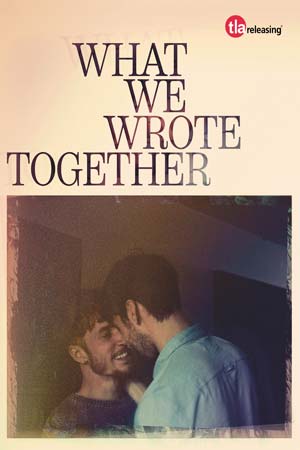
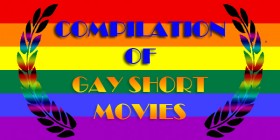



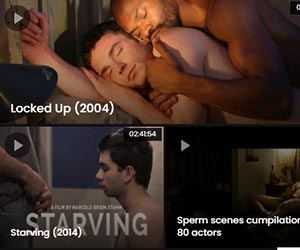
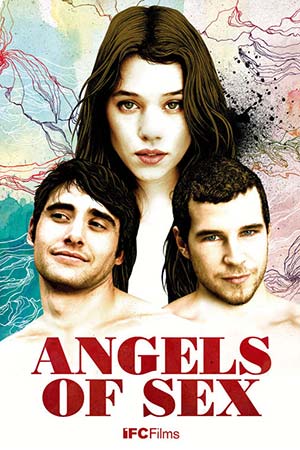


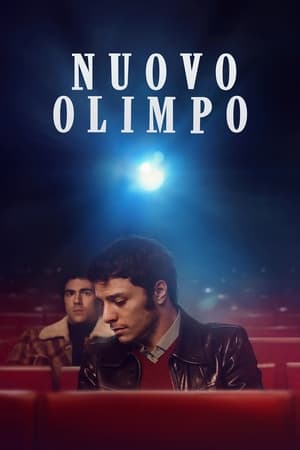
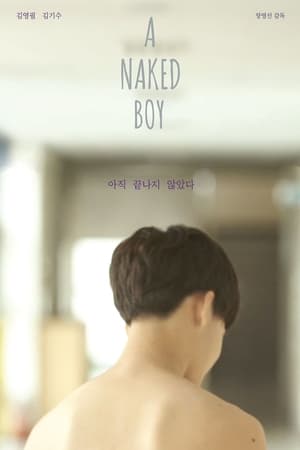





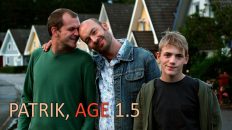




2 comments